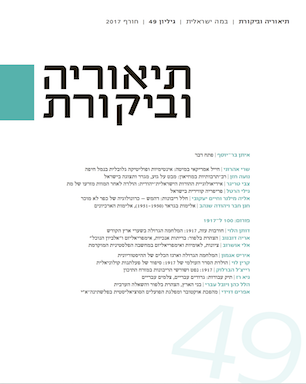Queer Periphery in Israel
Gilly Hartal
The Israeli LGBT community has lately undergone major processes of mainstreaming, institutionalization and assimilation. These took place mainly in Tel-Aviv, leading to the establishment of the Tel-Aviv Gay Center, which holds activities and cultural events, supports groups, and houses some LGBT organizations’ offices. Simultaneously, the Israeli peripheries are perceived as “backward” spaces with little or no LGBT visibility and presence, “pushing” LGBT individuals and activists to leave for the accepting center. Focusing on LGBT activists’ experiences in the Israeli peripheries, in the Negev and in the Galilee, this article argues that rather than reproducing the center-periphery power structure, LGBT activists are subverting the paradigm, while creating belonging practices and discourses that engender a mode of becoming a queer periphery. This mode is comprised of three major processes of becoming: the first belies the notion of the peripheries as spaces LGBT individuals can only depart from; the second subverts the discourse of LGBT peripheries as empty spaces; and the third offers a dual consideration of the center-periphery power relationship, accepting the structure and the peripheries’ place within it – but at the same time also deviating from the passiveness, static stances, emptiness and restrictive forms of belonging. LGBT in the peripheries have thus begun creating a distinct kind of peripheral notion that diverges both from being an LGBT individual in the center and from the framing of Israeli peripheries


